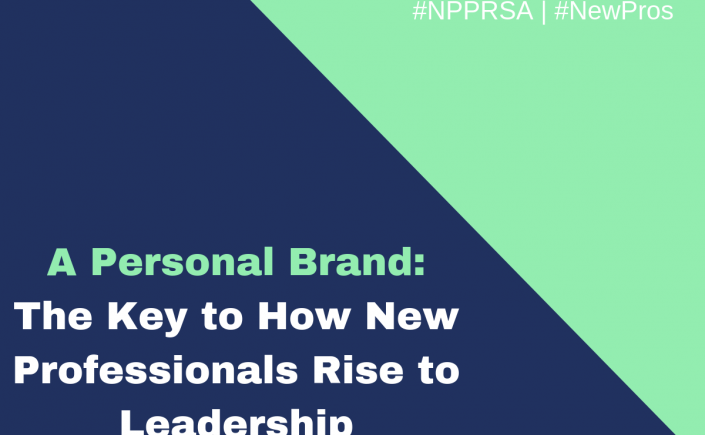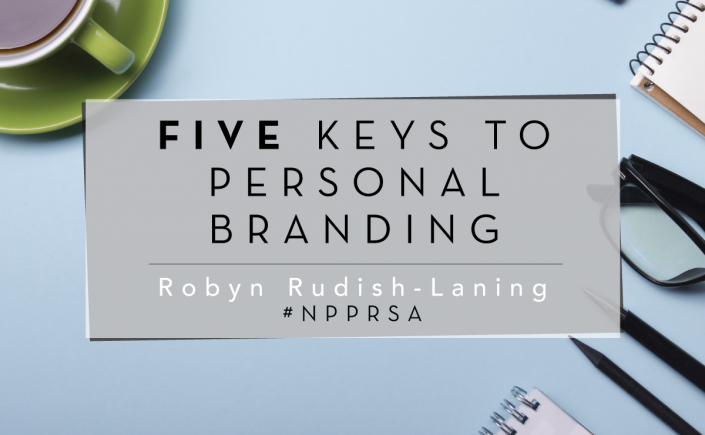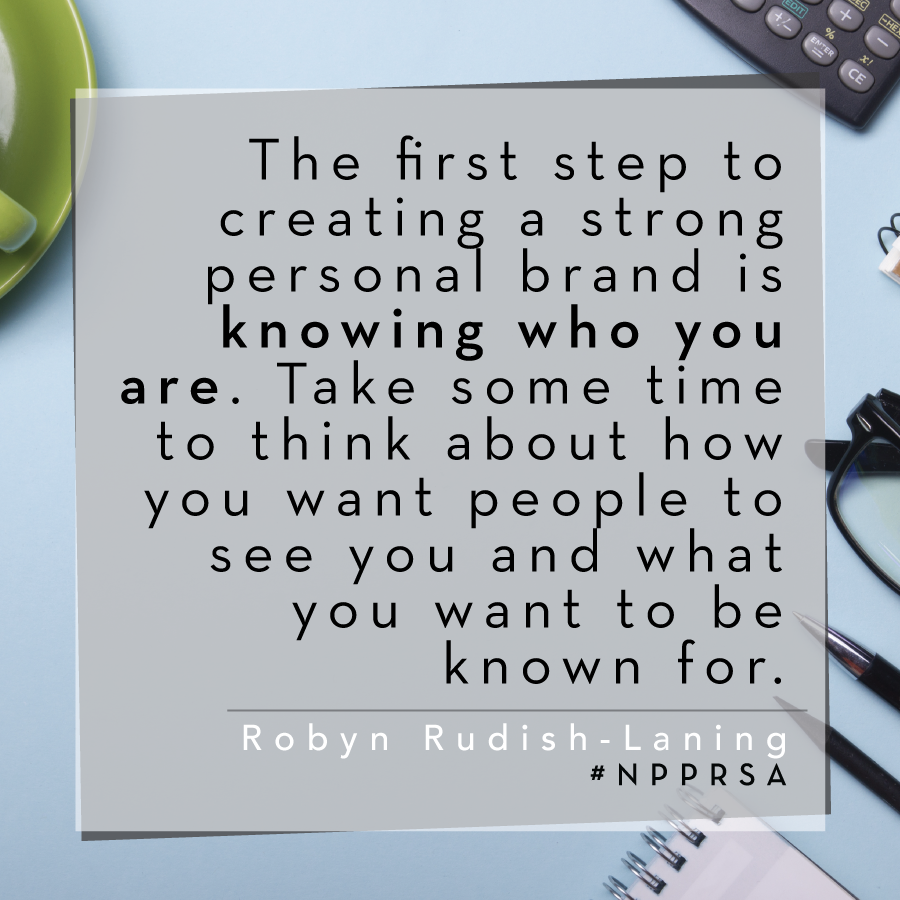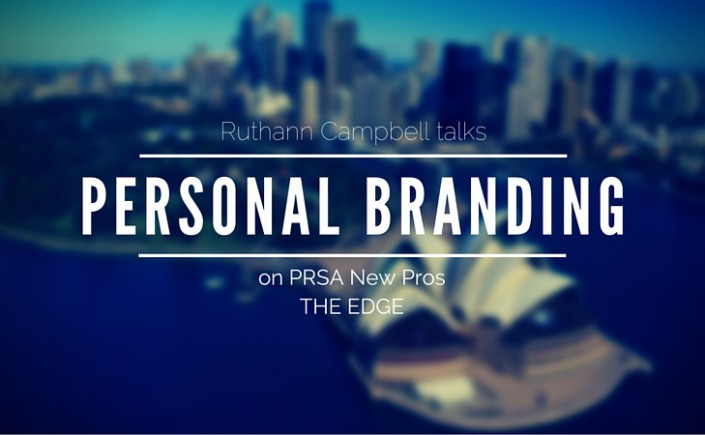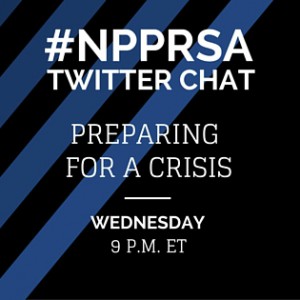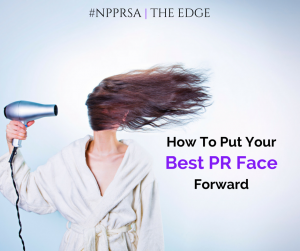Having a personal brand is more than just creating a statement, it’s about your professional attitude.
This is one lesson I learned while at PRSA’s New Professionals Summit in New York City in August.
Emily Nichols-Mitchell, CEO of Accelerations Group and a certified executive coach, led an energized and interactive session titled “Create a Powerful Personal Leadership Brand to Gain Instant Credibility.”
Emily gave examples of famous personal brands, such as Beyoncé, Jay-Z and Oprah, explaining how they all have their own story of how they continue to achieve success.
She then asked us to consider what our brand story could be, such as a unique memory we have that inspires us to do what we love, and challenged us to think about how we can continue to edit our brand and use it in our professional careers.
Troy Thompson, who works at PRSA, thought the workshop proved very beneficial for everyone who attended.
“Emily’s branding workshop is ideal for professionals looking to strengthen their online presence,” Troy said. “Her sessions include best practices and examples that provide attendees with a clear road map for packaging themselves to achieve greater career success.”
Key Takeaways:
Improving your personal brand can benefit your job and online presence.
Brian Edmonds, Communications Specialist Associate at Blue Cross and Blue Shield of North Carolina, said, “Before Emily’s workshop, I never really paid close attention to what I wanted my brand to be or how it was being perceived. Afterwards, it was all I could think about. I now find myself considering how anything I do, whether work projects or updating my LinkedIn profile, will enhance or hurt my brand. I believe this attention to detail will be great for my career going forward.”
Ask friends what traits they would use to describe you.
“Your friends help build and personify your brand,” Emily said. She also offered recruiter tips for building an online brand, such as always editing your LinkedIn profile, broadening your network and strategizing your posts on outlets such as LinkedIn.
Everyone needs personal branding, no matter what career stage you are in.
“Employers are not only looking at your resume but how you portray yourself in conversation and online,” Hanna Porterfield, Chair of the PRSA New Professionals Section, said. “In a competitive job market, personal branding can help you stand out and provide the value you bring to a team. All new professionals should consider building a personal brand throughout their career just as they focus on building hard and soft skills within the industry.”
 Jordan Appel is a member of PRSA and the PRSA New Professionals Section. He is an Associate at CommunicationsMatch, a New York-based start-up search engine. He is also a graduate of Rowan University. Feel free to connect with him on LinkedIn.
Jordan Appel is a member of PRSA and the PRSA New Professionals Section. He is an Associate at CommunicationsMatch, a New York-based start-up search engine. He is also a graduate of Rowan University. Feel free to connect with him on LinkedIn.

